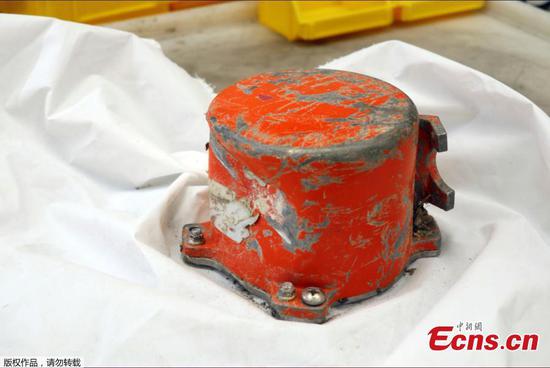Stanford scientists devised a way to generate hydrogen fuel from seawater using solar power, showing a new possibility to produce the clean energy that emit no carbon dioxide.
The study published on Monday in the journal Proceedings of the National Academy of Sciences, demonstrated a corrosion-resistant method to split seawater into hydrogen and oxygen with electricity.
Existing water-splitting methods use precious highly purified water because the negatively charged chloride in seawater salt can corrode the anode, limiting the system's lifespan.
In splitting water into hydrogen and oxygen, hydrogen gas bubbles out of the negative end or the cathode, and breathable oxygen emerges at the positive end or the anode, according to the researchers.
The researchers led by Dai Hongjie at Stanford University found that if they coated the anode with layers that were rich in negative charges, the layers repelled chloride and slowed down the decay of the underlying metal.
They layered nickel-iron hydroxide on top of nickel sulfide, which covers a conducting nickel foam core. The nickel-iron hydroxide sparks the electrolysis and the nickel sulfide evolves into a negatively charged layer that protects the anode by repelling the chloride, according to the study.
Without the negatively charged coating, the anode only works for around 12 hours in seawater, but with this layer, it is able to go more than a thousand hours, according to the study.
Dai's lab is able to conduct up to 10 times more electricity through their multi-layer device, which helps it generate hydrogen from seawater at a faster rate. The previous methods to split seawater ran low amounts of electric current since corrosion occurs at higher currents.
In the future, the technology could also be used for producing breathable oxygen in the ocean, according to the researchers. Enditem


















































